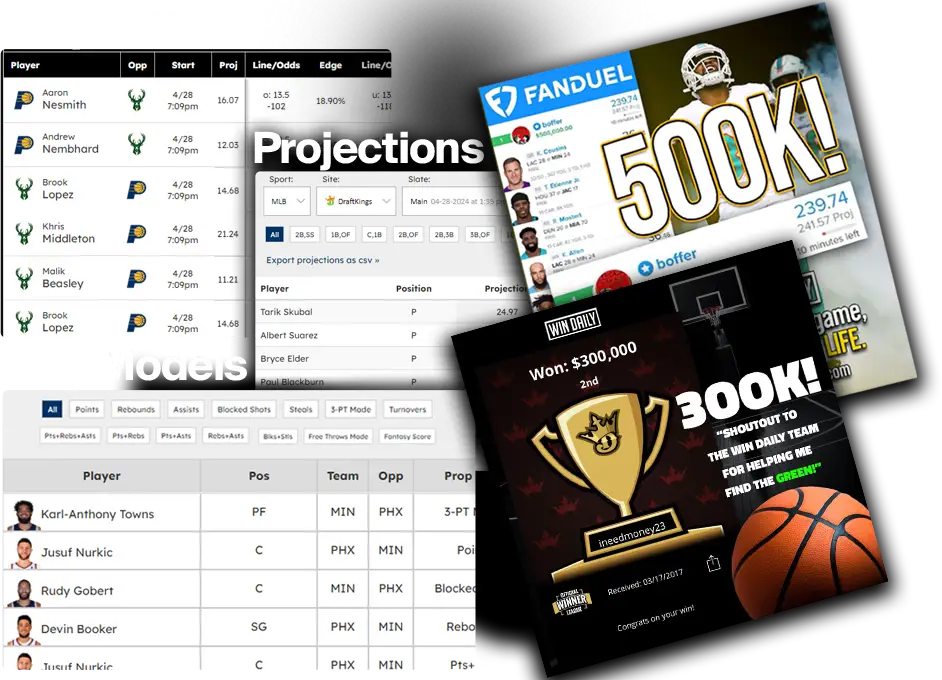If this is your first time reading my article, I’d like to talk about some basics. I only play DraftKings (DK), So those are the salaries I refer to. That being said, My thoughts on the players themselves should be fairly universal across the industry. Strategy in PGA DFS is very important. The players you pick differ substantially depending on the sport, type of game you are playing, and number of contestants in that particular game.
This article revolves around cash games, and smaller field, single entry tournaments. My goal is to continuously build a bankroll with cash games, while taking limited risks in smaller field, single entry (SE) tournaments. Players are popular in PGA DFS for a reason. Knowing when to play, or fade popular (chalk) players can determine whether you make, or lose money in any particular week. I intend to give my opinion in determining which of these “chalky” players you should be using, or fading in regards to this particular course. Please keep in mind that most of my picks are highly owned players, so you will need to find contrarian plays as well to win a contest similar to the Millionaire Maker.
For more on PGA DFS strategy, please refer to any of our WinDaily articles regarding strategy. Let’s take a look at the course to determine the type of golfer we’re looking for.
Torrey Pines (South Course), La Jolla (San Diego), CA.
Torrey Pines is a municipal golf course. An annual stop on the PGA Tour for The Farmers Insurance Open, players use both the North and South courses at that late January event. This is where we will start seeing our differences. The 2021 U.S. Open will only be played on the more challenging, South course. This is also a USGA event, guaranteed to see over 7600 yards of narrow fairways, extremely thick and penal rough (being June), lightning fast, firm, POA Annua greens, and winds blowing in from the scenic Pacific coastline.
Looking at course history here will not tell you the entire story. I expect this course to play much more difficult than the Farmers, resembling conditions more typical to a U.S. Open, which is played on a different course every year. There are 156 players in this event with only the top 60 (and ties) playing on the weekend. That last tidbit is extremely important as getting 6 of 6 players through the cut will be a big factor of your lineup returning cash in the PGA DFS contests we’re talking about in this article.
Bryson Dechambeau is your returning champion after shooting a -6 at the 2020 U.S, Open. That tournament was held at Winged Foot Golf Club in Mamaroneck, New York. The last time The U.S. Open was played at Torrey Pines was back in 2008. Most golf enthusiasts will remember, a limping Tiger Woods, holding on to a 1 under par to win the prestigious event that year. I expect to see a very similar score this year. Let’s take a look at some key metrics that will help get our golfers on the leader board Sunday.
Key Metrics
Strokes Gained: Approach (SG:APP) One of the most important statistics in PGA DFS, you’re simply not going to win a U.S. Open without SG:APP being a dominant stat in your bag.
Driving Distance: It’s a well known fact that over the last 5 years, Bombers hold a distinctive advantage to finishing on the leader boards at this major. They still need to possess a complete all around game, but being long off the tee gets you a leg up on your competition here.
SG: Around The Green (ARG) The fairways are expected to be narrow, and the rough will be the thickest we’ve seen all season. Getting up and down in 2, or even 3, will be a necessity at a difficult course like this one.
Par 4: 450-500 There are 10 par 4’s at Torrey Pines. 8 of them are north of 450 yards, including a converted par 5, just for this event.
Other metrics to consider: SG:OTT, Fairways gained, Prox: 175-200, Par 3 225+, Par 5’s, GIR, Bogey avoidance, and putting on POA.
My Player Pool Core
Just as a quick reminder, I do not take ownership into consideration when playing cash game contests, or small entry field GPP’s. Therefore, these lists are specific to the PGA DFS players, in my opinion, that will finish well at this tournament. They can be used in larger field tournaments as well, but will most likely need some contrarian players mixed in lineups that contain them.
Jon Rahm $11,200
Collin Morikawa $9500
Xander Schauffele $9300
Tony Finau $8900
Paul Casey $7900
Abraham Ancer $7900
Shane Lowry $7600
Garrick Higgo $7200
Matt Wallace $7100
More Risk for More Reward
Dustin Johnson $10,700
Bryson Dechambeau $10,400
Patrick Reed $9000
Scottie Scheffler $8500
Corey Conners $8200
Sam Burns $7700
Jason Kokrak $7600
Harris English $7300
Max Homa $7300
Charlie Hoffman $7200
Sub $7000 (You’re Braver Than I Am)
Wilco Nienaber $6900
Guido Miggliozzi $6800
Jhonattan Vegas $6800
Jordan L. Smith $6600
Taylor Pendrith $6500
Chan Kim $6100
It’s a good idea to read all the writers articles here at WinDaily so that you can get the best information the industry has to offer before making the final decisions on your PGA DFS lineups.
Be sure you check out Steven’s (aka Sicily Kid) ownership article on Wednesday evening to fine tune your lineups according to the contests you’re playing.
Join us in the Discord chat rooms as the writers break down and discuss our favorite plays even further. Our family here at WinDaily hopes that we can teach everyone some key factors to success at playing DFS and earn some extra money while doing something we love.
Thank You for reading my content and feel free to leave a comment, or reach out to me on Twitter. Good Luck this weekend.






